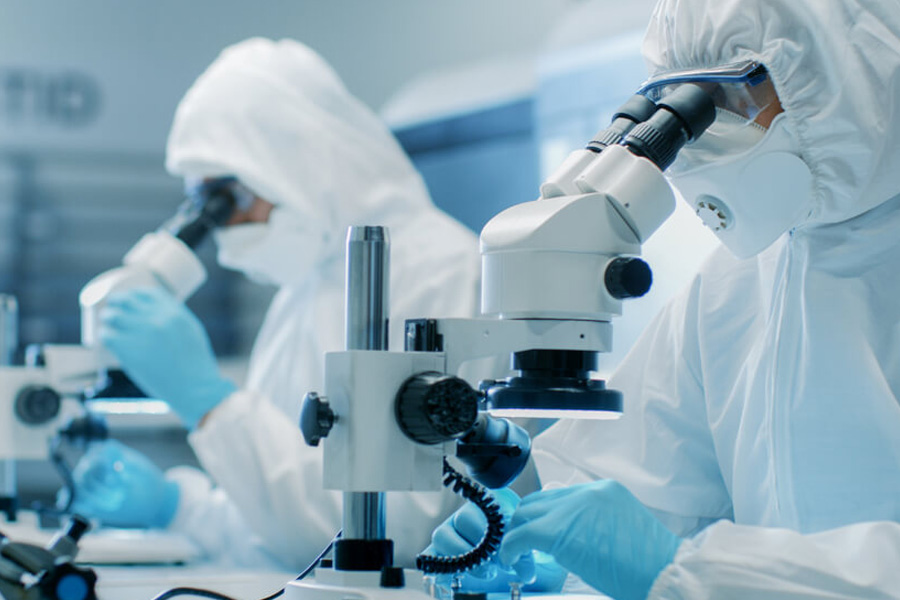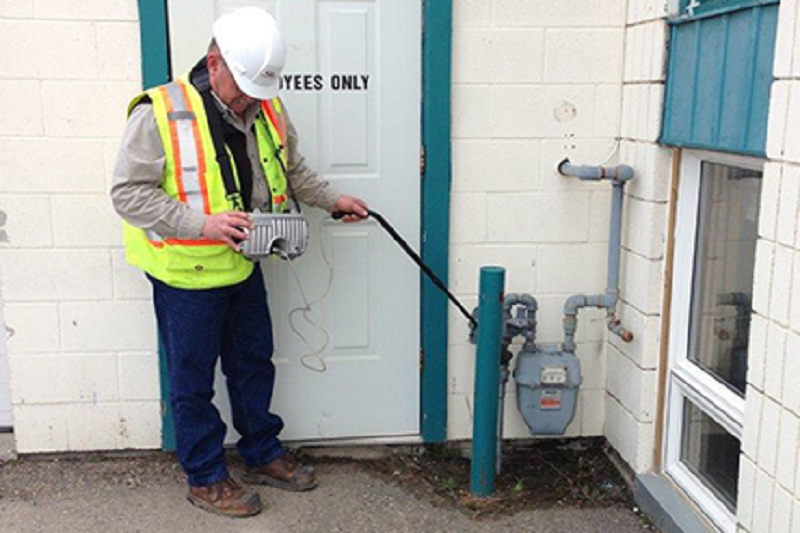The manufacturing of life-saving medical equipment demands extraordinary precision, and a clean room for medical devices serves as the frontline defence against contamination that could compromise patient safety. These highly controlled environments have become indispensable in an industry where even microscopic particles can mean the difference between a successful surgical implant and a catastrophic infection. As medical technology advances and regulatory bodies tighten their oversight, understanding the critical role of these specialised facilities has never been more important.
The Science Behind Contamination Control
A clean room represents far more than simply a sterile space. It functions as a meticulously engineered ecosystem where every variable, from air pressure to humidity levels, remains under constant surveillance and control. The room’s design follows a simple but unforgiving principle: contamination must be prevented, not merely cleaned up after the fact.
Medical device manufacturers face a daunting challenge. The human body rejects foreign materials with remarkable efficiency, and any contaminant introduced during the manufacturing process can trigger severe immune responses. This biological reality drives the need for environments that maintain particle counts at levels incomprehensible to most people. Where an ordinary room might contain millions of particles per cubic metre, a clean room for medical devices must limit this to mere hundreds or even dozens.
Global Standards and Classification Systems
The international regulatory landscape has converged on ISO 14644 standards, which classify clean rooms based on the maximum permitted number of particles per cubic metre of air. Singapore’s clean room for medical devices typically adheres to ISO Class 7 or Class 8 standards for general manufacturing, whilst critical processes such as implantable device assembly require the more stringent ISO Class 5 conditions.
These classifications translate into tangible requirements:
ISO Class 5
Permits no more than 3,520 particles (0.5 microns or larger) per cubic metre
ISO Class 7
Allows up to 352,000 particles of the same size
ISO Class 8
Sets the limit at 3,520,000 particles per cubic metre
Singapore’s Health Sciences Authority maintains particularly rigorous oversight, reflecting the city-state’s position as a regional hub for medical device manufacturing. The country’s regulations often exceed minimum international requirements, creating a benchmark that resonates throughout Southeast Asia.
Engineering Excellence in Practice
The architecture of a clean room for medical devices reveals remarkable sophistication. High-efficiency particulate air (HEPA) filters remove 99.97% of particles measuring 0.3 microns or larger. The air circulation system creates positive pressure, ensuring that any breach in the room’s integrity results in clean air flowing outward rather than contaminated air seeping inward.
Temperature and humidity control proves equally critical. Most facilities maintain temperatures between 18 and 22 degrees Celsius whilst keeping relative humidity between 30% and 50%. These parameters prevent both microbial growth and electrostatic discharge that could damage sensitive electronic components in modern medical devices.
The Human Factor
Personnel represent the greatest contamination risk in any clean room environment. A single person can shed up to 100,000 particles per minute through normal activities. This reality necessitates comprehensive gowning procedures that often take several minutes to complete properly.
Workers undergo extensive training in clean room protocols:
- Proper donning and doffing of protective garments
- Movement techniques that minimise particle generation
- Understanding of air flow patterns and their implications
- Recognition of potential contamination events
- Emergency response procedures
Singapore’s clean room for medical devices sector has pioneered behavioural monitoring systems that track personnel movements and identify practices that increase contamination risk. These systems use data analytics to continuously improve training programmes and operational procedures.
Validation and Continuous Monitoring
Regulatory compliance demands rigorous validation protocols. Initial certification of a clean room for medical devices requires extensive testing of air flow patterns, filter integrity, and particle counts under various operational conditions. This process can take weeks or even months to complete.
However, certification marks merely the beginning. Continuous environmental monitoring tracks real-time conditions through strategically placed sensors. These systems generate alerts when parameters drift outside acceptable ranges, allowing immediate corrective action. Regular re-certification, typically annually or bi-annually, ensures sustained compliance with evolving standards.
Future Challenges and Innovations
The medical device industry faces mounting pressure to reduce manufacturing costs whilst maintaining or improving quality standards. This tension drives innovation in clean room technology. Modular clean room designs offer greater flexibility and faster deployment. Advanced filtration systems promise improved efficiency with lower energy consumption. Automation reduces human presence and the contamination risks that accompany it.
Singapore’s regulatory framework continues to evolve, incorporating risk-based approaches that allow manufacturers to tailor their clean room specifications to specific device categories. This flexibility recognises that a simple bandage requires different controls than a cardiac pacemaker, yet both must meet appropriate safety standards.
Conclusion
The stakes in medical device manufacturing could not be higher. Patients trust that the devices implanted in their bodies or used in their treatment meet the highest standards of sterility and safety. This trust rests upon the foundation provided by properly designed, validated, and maintained clean room facilities. As global regulations converge and enforcement intensifies, manufacturers must view their investment in a clean room for medical devices not as a regulatory burden but as a fundamental commitment to patient safety and product excellence.





